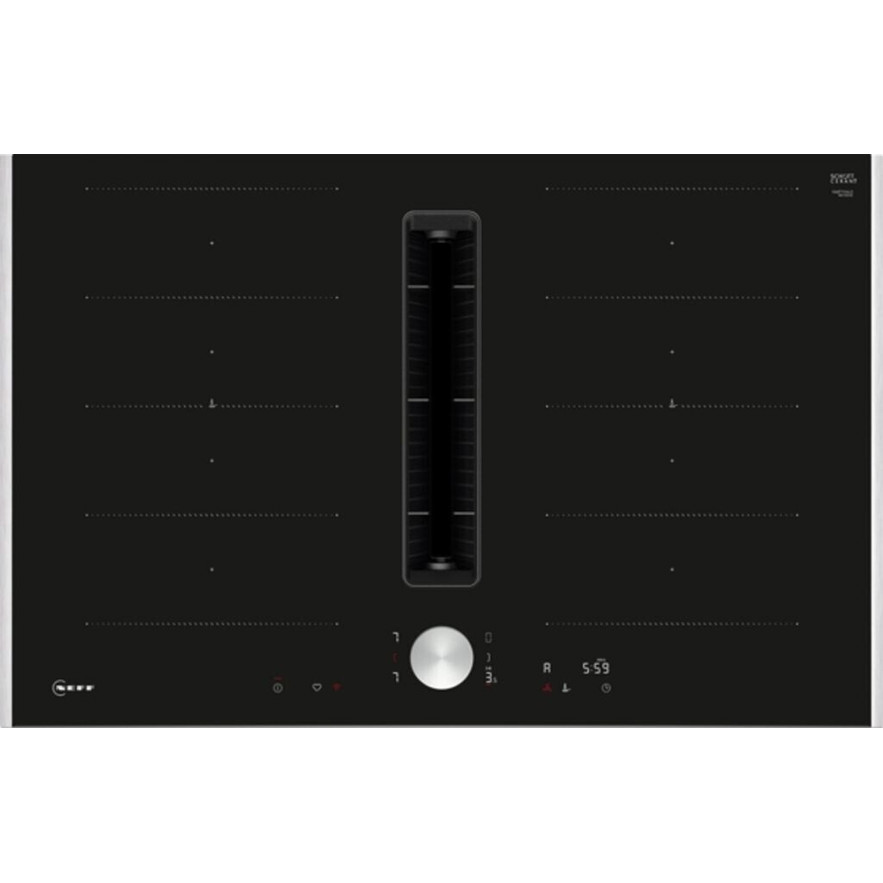5 Must-Know Built-in Oven Offer Techniques To Know For 2024

Everything You Need to Know About Built-In Ovens
When updating a kitchen area, one of the most considerable decisions homeowners face is whether to invest in a built-in oven. Built-in ovens seamlessly incorporate into cooking area cabinetry, offering both visual appeal and functional advantages. For those considering an upgrade or installation of a brand-new oven, this thorough guide will supply crucial insights, contrasts, and services.
What is a Built-in Oven?
A built-in oven is developed to be installed within cooking area cabinetry instead of standing alone like a conventional oven. This arrangement uses a streamlined, streamlined look while saving area in compact kitchen areas.
Benefits of Built-in Ovens
- Space-Saving Design: Built-in ovens are created to fit comfortably into existing kitchen cabinetry, maximizing counter tops and flooring space.
- Aesthetic Appeal: They can be tailored to match the kitchen decor and cabinets, providing an elegant appearance.
- Versatility: Available in various styles, sizes, and surfaces, built-in ovens can easily mix into any kitchen area design.
- Boosted Cooking Capabilities: Many built-in ovens included innovative functions like self-cleaning options, convection settings, and clever oven technology.
Kinds Of Built-in Ovens
The marketplace provides a number of kinds of built-in ovens, accommodating varied cooking needs. Here's a breakdown of the main types:
| Type | Description | Suitable For |
|---|---|---|
| Single Built-in Oven | A conventional style that accommodates one oven. | Basic home cooking requires |
| Double Built-in Oven | 2 ovens stacked for versatile cooking alternatives. | Large households or cooking lovers |
| Wall Oven | Set up in walls, providing practical gain access to. | Space-constrained locations |
| Convection Oven | Uses a fan and exhaust system for even cooking. | Baking enthusiasts |
| Steam Oven | Uses steam to cook food, protecting moisture and nutrients. | Health-conscious cooks |
Secret Features to Consider
When selecting the perfect built-in oven, there are a number of features to assess:
- Size: The dimensions play an important role in making sure the oven fits your kitchen area layout. Requirement sizes vary from 24 to 30 inches wide.
- Oven Capacity: Larger capabilities appropriate for families or those who regularly captivate.
- Heating Elements: Look for ovens with numerous heating aspects for even heat circulation.
- Self-Cleaning Options: Many modern-day ovens feature self-cleaning capabilities, conserving you effort and time.
- Smart Technology: Wi-Fi-enabled ovens allow you to monitor cooking development and customize settings from your mobile phone.
Price Range of Built-in Ovens
Investing in a built-in oven varies based upon functions and brands. Here's a price range for common built-in oven types:
| Oven Type | Price Range |
|---|---|
| Single Built-in Oven | ₤ 800 - ₤ 2,500 |
| Double Built-in Oven | ₤ 1,500 - ₤ 3,500 |
| Wall Oven | ₤ 1,000 - ₤ 4,000 |
| Stove | ₤ 1,000 - ₤ 3,000 |
| Steam Oven | ₤ 1,200 - ₤ 3,500 |
| Smart Oven | ₤ 1,500 - ₤ 5,000 |
The costs above are variable and can vary based on brand reputation, merchant promos, and extra features.
Installation Considerations
Setting up a built-in oven needs careful factor to consider:
- Location: Strategically pick a place that optimizes area and benefit for meal preparation.
- Electrical Requirements: Many built-in ovens need particular outlet capacities. Guarantee your kitchen area can meet these requirements.
- Ventilation: Proper ventilation is crucial, particularly for wall ovens or convection designs.
- Expert Installation: It is constantly suggested to hire certified specialists for setup to prevent safety dangers.
Maintenance and Care
To extend the life of a built-in oven, follow these care suggestions:
- Regular Cleaning: Utilize self-cleaning features and eliminate spills immediately.
- Check Seals: Inspect oven door seals regularly, changing them if damaged.
- Regular Inspections: Schedule regular expert evaluations to guarantee all built-in systems are functioning effectively.
Frequently Asked Questions About Built-in Ovens
1. Just how much space is required for a built-in oven?
Generally, built-in ovens require kitchen cabinetry area that is 28 to 30 inches wide for standard designs; nevertheless, always measure your specific oven dimensions before setup.
2. Can I set up a built-in oven myself?
While some house owners have the abilities to perform the setup, working with certified experts is suggested to meet security and code requirements.
3. Are built-in ovens worth the financial investment?
Built-in ovens offer boosted functionality, looks, and space-saving solutions. For lots of, their long-term advantages exceed the preliminary investment.
4. What's the distinction in between convection and routine ovens?
Convection ovens flow air throughout cooking, leading to faster and more even cooking compared to conventional (routine) ovens, which might have locations.
5. How Vixaro Versand -efficient are built-in ovens?
Energy effectiveness varies by model; search for ovens with a good energy score and features like clever technology that optimize power intake.
Built-in ovens represent a best mix of design and functionality, making them a worthwhile financial investment for modern kitchens. With numerous types, sizes, and features, they offer something for everyone, from a baking fanatic to a hectic household. By comprehending the benefits, types, prices, and upkeep considerations, readers can make a notified decision in picking the perfect built-in oven for their homes. Whether you're revamping your kitchen or upgrading devices, a built-in oven can raise the cooking experience and boost your kitchen area's visual.

